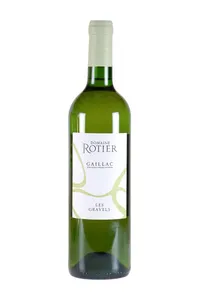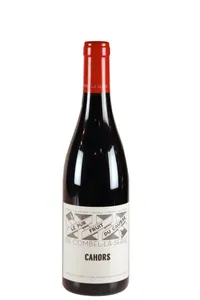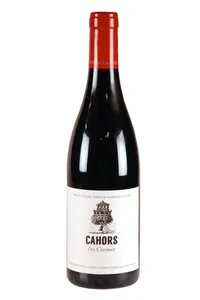The origins of the so-called "Great South-West" are not precisely known: it is a fascinating, diverse, but qualitatively heterogeneous area. The introduction of the first vines here undoubtedly dates back to antiquity, thanks in particular to the commercial exchanges that the Pyrenean area maintained with Spain. It is also certain that the whole area upstream of Bordeaux, known as the Haut Pays, was known long before Bordeaux. If today Bordeaux is the centre of the wine world and Cabernet Sauvignon is one of its emblems, it can even be said that the truth lies on the periphery.Indeed, if the history and success of the great wines of the Médoc and the Graves appear to be inextricably linked to the emergence of Cabernet Sauvignon, it was undoubtedly born in the 17th century in the Basque country and the Adour basin, as a result of a fortuitous cross between Cabernet Franc and Sauvignon. Like its "cousins" tannat, merlot and, finally, malbec which on the Kimmeridgian soils of Cahors has conquered its letters of nobility.This vast region has not, however, given in to the siren song of "all Cabernet" and has managed to preserve its ampelographic heritage, which, in addition to the above-mentioned varieties, also includes négrette, fer servadou, jurançon noir, braucol, etc. There are four production areas in the South-West: Bergerac (Bergerac, Pécharmant, Montravel, Monbazillac, etc.)The Garonne valley with the various "Côtes" (Buzet, Duras, Marmandais, etc.)The Haut Pays upstream from Bordeaux (Fronton, Cahors, Gaillac, Marcillac)The Pyrenean Piedmont (Madiran, Jurançon, Pacherenc, Irouléguy)The reputation of the wines of the Haut Pays, particularly through the wine of Cahors, was already well established in the Middle Ages, from the Mediterranean region to England where it seriously competed with the wine from Bordeaux. The improvement of the navigability of the Lot in the 17th century had indeed enabled the latter to access the port of Bordeaux more easily. The protectionists of Bordeaux then put in place numerous tax barriers which forced the Quercy winegrowers to look for other outlets. It was at this time that Cahors wine began a spectacular breakthrough on the Russian market. Czar Peter I found it to have therapeutic virtues, and Cahors wine was promoted to the rank of official court wine. What's more, the Patriarch of Moscow, dazzled by Cahors wine which, even when cut with water, kept its purple colour, made it the official mass wine of the Orthodox Church.Today, Cahors wine is on the way to regaining its former glory, thanks to a new generation of winegrowers who have taken up the torch and are producing some very interesting wines, based on a more precise delimitation of the different terroirs of Cahors (causses, grèzes, Mindel terraces).The other flagship region of the Great South-West is the Pyrenean Piedmont. This region probably gives birth to some of the wines with the highest potential for longevity in reds, following the example of the approach taken almost forty years ago by the visionary Alain Brumont. In dry and sweet white wines, Jurançon is also one of the spearheads of the region and is characterised by wines with an original taste and exemplary freshness. Small in size (220 ha), the Irouléguy appellation in the Basque country, with its amazing terraces, also has the potential to produce great wines.




















